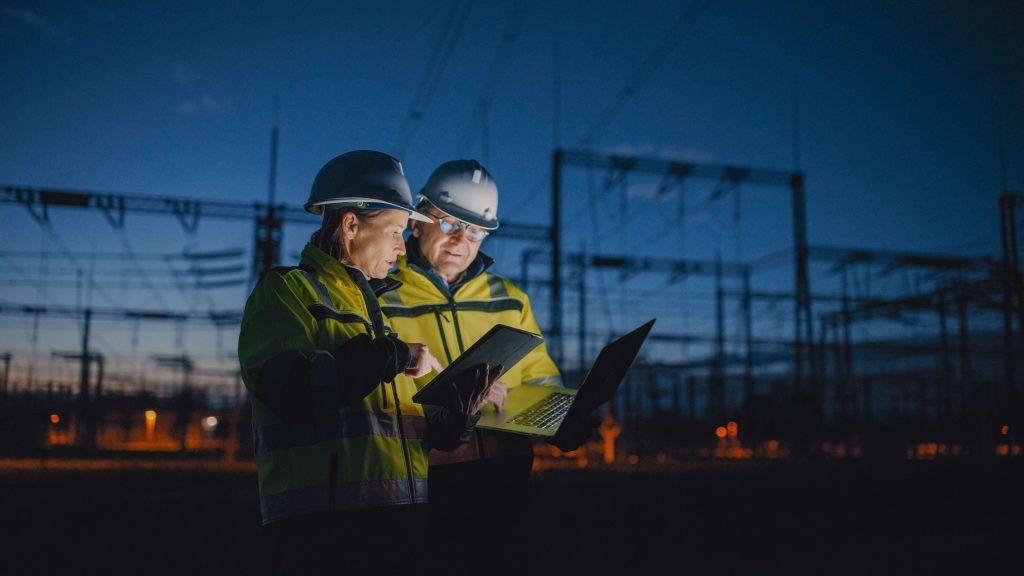Chief Investigators
Jay Rutovitz (UTS)
Purpose of project
This project will develop detailed electricity sector workforce projections broken down by technology, occupation and location for Australian states, including National Electricity Market states as part of AEMO’s 2024 Integrated System Plan and the North-West and South-West Interconnected Systems in WA.
This project follows RACE for 2030’s Australian Electricity Workforce for the 2022 Integrated System Plan project, which found that under the three ISP growth scenarios, a rapid workforce increase will be required to deliver energy transition outcomes. Most of the electricity sector job growth reported in 2022 was in renewable energy, with the combined workforce for rooftop solar and distributed batteries expected to account for 26-45% of average employment in all scenarios. Construction was expected to dominate the employment profile through the 2020s as the build-out of renewable energy, transmission and storage accelerates.
The workforce required for energy efficiency, demand-side and energy management, and electrification across Australia will be significant. This cohort of energy workers requires additional workforce planning, particularly where the skill sets of these employees overlaps with those required to deliver large-scale generation and transmission assets. The lack of information on the current and future scale of this workforce prevents effective planning, so this research will also include a pilot study to test development of workforce indicators for this segment of workers.
The project will be delivered via a number of discrete work packages in different geographical locations, starting with the update of the workforce projections for the 2024 Integrated System Plan.
Impact of project
There is widespread consensus that we need good quality projections of energy sector employment – by occupation and location – in order to manage the energy transition and maximise benefits to the Australian economy. This research aims to give stakeholders, including state governments, training providers, and the electricity industry, a better understanding of the employment implications of the energy transition. This will enable the development of appropriate training plans, allow policy development to maximise regional and local benefits, allow planning to avoid skill shortages, and creates an opportunity to ‘reality test’ the deliverability of ambitious decarbonisation plans.
Workforce indicators to effectively map the energy efficiency and electrification workforce are sorely lacking globally. Piloting a method for projecting these demand side jobs from standard energy scenarios is an important step towards understanding this workforce.
Project partners – industry and research
Industry Reference Group members
Clean Energy Council, DEECA (Vic), DMIRS (WA), Energy Networks Association, Horizon Power, St Vincent de Paul Society Australia, Synergy, Western Power
Status
- In Progress
Project Leaders
- Jay Rutovitz, UTS
Completion Date
Q4 2024
Project Code
0489, 0539, 0858








